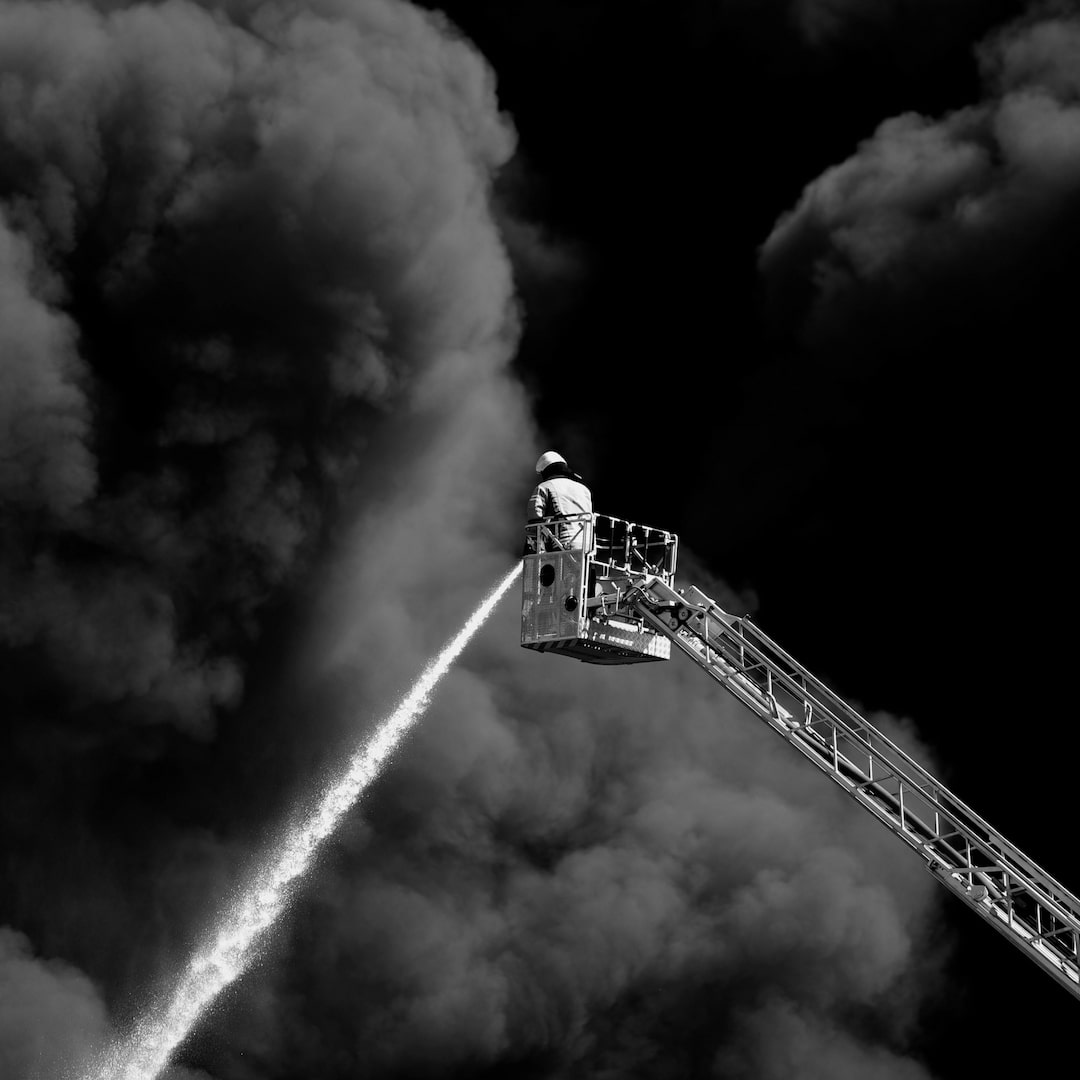
The purpose of Safety and Health at Work Day is to raise awareness of potential health risks and accidents that may occur at work. The International Labour Organisation seeks to increase workers’ awareness of potential risks to their health and safety in higher-risk industries. Ensuring a safe and healthy work environment for employees is a fundamental right, and employers are obligated to take necessary measures to safeguard their workforce and lower the rate of work-related fatalities.
The International Labour Organisation has promoted Safety and Health at Work Day since 2003. It takes place every year on 28th April.
The theme and focus point for 2024 is exploring the impacts of climate change on occupational safety and health at work.
Outdoor workers in physically demanding sectors, such as construction are more affected by climate change. They need to adapt to working in extreme weather conditions.
Excessive heat conditions – the rise in global temperatures has resulted in more heat waves. According to the International Labour Organisation, at least 2.41 billion workers have been exposed to working in excessive heat. Outdoor workers such as construction operatives are therefore more likely to suffer from the following conditions:
Solar UV radiation – with the thinning of the ozone layer, workers are unknowingly facing dangerously high levels of solar radiation whilst working outside. According to the International Labour Organization, 1.6 billion workers are exposed to solar UV radiation and are more likely to suffer from the following conditions:
Workplace air pollution – with changing weather patterns our level of indoor and outdoor air pollution has been affected. Outdoor workers working in areas with idling, heavy traffic or industry are most exposed. According to WHO, over 1.2 billion workers are at risk with the following health implications:
It has been discovered that jobs in construction are especially vulnerable to mental health problems brought on by climate change, such as PTSD, depression, and anxiety. The effects of climate change, such as extreme heat, can affect productivity and safety at work by causing behavioural changes, sleep disorders, and impaired concentration.
All employers and employees alike are responsible for preventing deaths and injuries at work. Working environments must be safe and healthy. Workers are responsible for working safely (safety training should be provided), and not endanger others.
Regular breaks can help keep workers hydrated during heatwaves, and providing UV eye protection, sweatbands, and sunscreen can protect them from sunburn, eye damage and cancers.
All employees should be provided with the appropriate PPE equipment to carry out their work safely. If an operative is required to work at height, they should be given correctly fitted height safety kits and tethers for their tools to prevent drops. If an operative works on a construction site they should be supplied with adequate PPE workwear including hi-vis vests, safety boots and hard hats.
Hi-vis workwear is also available with additional safety features suitable for protection in a changing climate. These features include:
Feel free to contact us via our online form and we will respond as soon as possible.
Copyright 2025 Leading Edge Safety. Devloped by Czargroup Technologies